This article may include affiliate links, which means I earn a small commission if you make a purchase through them, at no extra cost to you. I only recommend products that I truly believe in and that I think will benefit you. Your support through these links helps me continue creating valuable content for you.
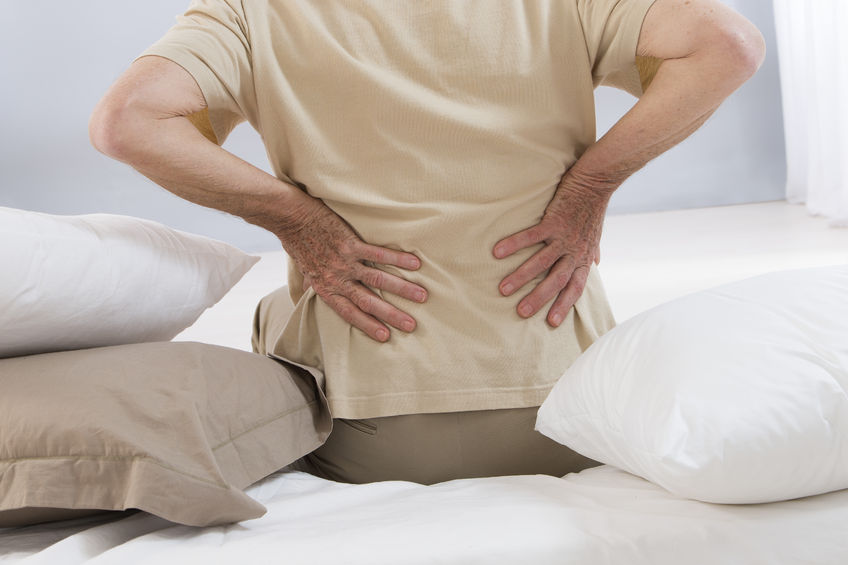
Lower back pain is one of the most common reasons people come to see me, and for good reason. It can stop you in your tracks, limit your ability to work, and prevent you from enjoying the activities you love. Over the past 14 years as an osteopath, I have worked with thousands of patients dealing with everything from sudden acute flare ups to long term chronic pain. Through this experience I have refined a step by step process that gets consistent results.
My approach is simple but thorough. It combines hands on treatment, intelligent use of tools, targeted exercises, and a focus on long term strength and stability. This is not a quick fix or a generic list of stretches you can find on the internet. It is a structured method designed to calm pain quickly, improve flexibility, and build a resilient back that allows you to get back to normal life.
Phase 1: Reducing Pain and Inflammation
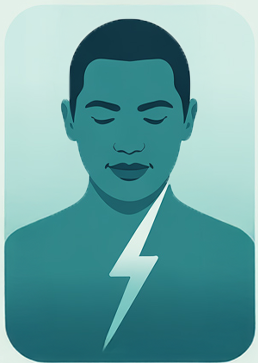
When someone first comes to me with back pain the priority is to bring symptoms under control. At this stage the muscles, joints, or discs in the lower back are often irritated, inflamed, and extremely sensitive. Trying to stretch or push too hard can easily make things worse.
I begin with gentle hands on treatment to ease tension in the muscles and restore movement through the spine and pelvis. To complement this I use red light therapy with the Kineon Move+ device. This portable tool helps to increase blood flow, reduce inflammation, and accelerate the body’s natural healing response. Patients often notice a soothing effect almost immediately, which makes it much easier to progress to the next stage of recovery.

The aim of this phase is not to fix everything at once but to create an environment where the body feels safe again. Once the nervous system is calmer and pain levels are reduced we can move forward.
Phase 2: Improving Flexibility and Mobility
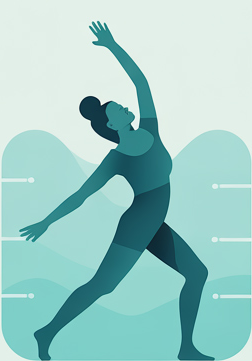
When the initial pain has settled the focus shifts to restoring flexibility and mobility. Stiff joints and tight muscles are often at the root of recurring back problems. If the spine or hips are restricted the lower back has to compensate, which leads to repeated flare ups.
Here I bring in carefully selected stretches and mobility drills. Every patient is different, so I adapt these based on what I see in the clinic. I also encourage the use of simple tools such as foam rollers, massage balls, or massage guns to help release tension between sessions.
At this stage it is common for patients to start feeling more confident in their movements. Tasks like getting out of bed or bending to tie shoes begin to feel easier. This progress is important because it sets the foundation for the most crucial stage of all, building strength and stability.
Phase 3: Building Strength and Stability
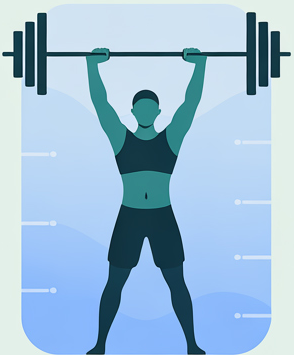
Pain relief and mobility work are only half the story. To keep back pain away in the long term you need a strong and stable foundation. This means building strength in the muscles that support the spine, hips, and core.
We begin with simple but effective exercises that I take patients through during treatment sessions and then assign as part of their home programme. These early movements are designed to reengage the core, improve control, and restore confidence in everyday activity. As progress is made we move into more structured rehab sessions, where the focus shifts towards building real strength and resilience.
This is where the Freak Athlete Hyper Pro becomes an invaluable tool. It is a versatile piece of equipment that allows me and my patients to train essential movements such as 45 degree back extensions, Nordic curls, hamstring curls, and reverse hyperextensions. These exercises target the posterior chain, the group of muscles that run through the back, glutes, and hamstrings that protect and stabilise the spine.
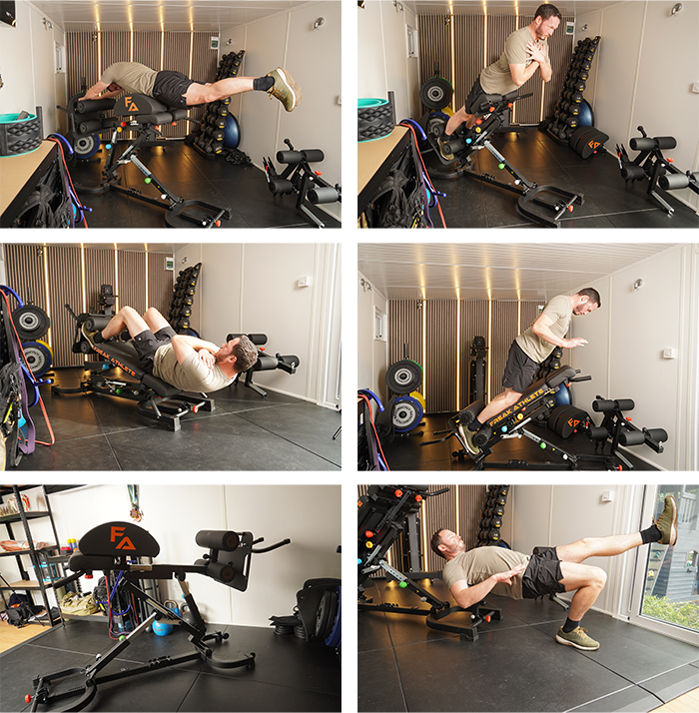
By progressively strengthening these areas patients not only recover from their current pain but also reduce the chances of it returning. A resilient back is one that can handle daily life, sport, and unexpected challenges without breaking down.
Why This Process Works
This three phase process works because it addresses the full picture. Too often treatment for back pain focuses only on short term relief or on exercises that do not challenge the body in a meaningful way. My method combines hands on care, modern tools, and progressive training to cover every angle.
The Kineon Move+ helps to calm pain and speed up healing. Mobility drills and stretching free up stiff joints and tight muscles. Strength work with equipment like the Freak Athlete Hyper Pro builds the kind of durability that keeps you pain free for years.
Every patient I see is unique, but by following these steps consistently the results are reliable. Patients move from being stuck in pain to regaining control over their bodies and their lives.
Taking the Next Step
If you are struggling with lower back pain there is a way forward. You do not have to settle for living with constant discomfort or relying on painkillers just to get through the day. With the right guidance, the right tools, and a structured approach, you can recover and build a stronger, healthier back.
I offer both in person and online consultations, where we can assess your specific situation and put together a tailored plan. If you are ready to start your recovery journey I invite you to book a consultation with me today. Together we can get you back to doing the things you love, pain free.
If you would like to learn more about the tools I use, you can read about the Kineon Move+ and the Freak Athlete Hyper Pro.